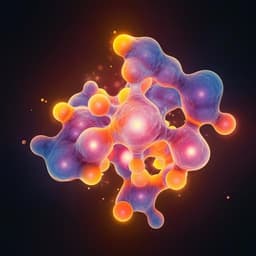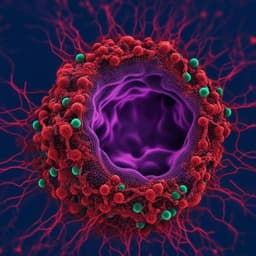
Engineering and Technology
Photochemically responsive polymer films enable tunable gliding flights
J. Yang, M. R. Shankar, et al.
This research conducted by Jianfeng Yang, M. Ravi Shankar, and Hao Zeng reveals a groundbreaking advancement in optical control of gliding performance using azobenzene-crosslinked liquid crystal networks. The revolutionary study demonstrates how these materials can mimic natural gliders, offering new frontiers in contactless flight dynamics control and light-tunable miniature gliders.
Playback language: English
Related Publications
Explore these studies to deepen your understanding of the subject.







